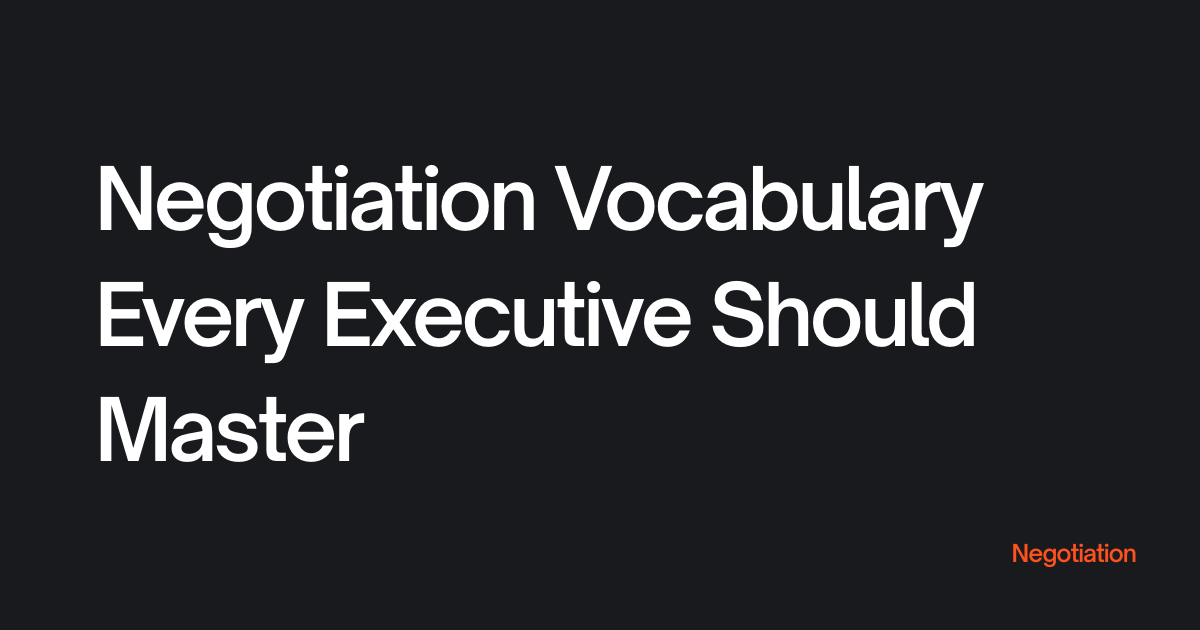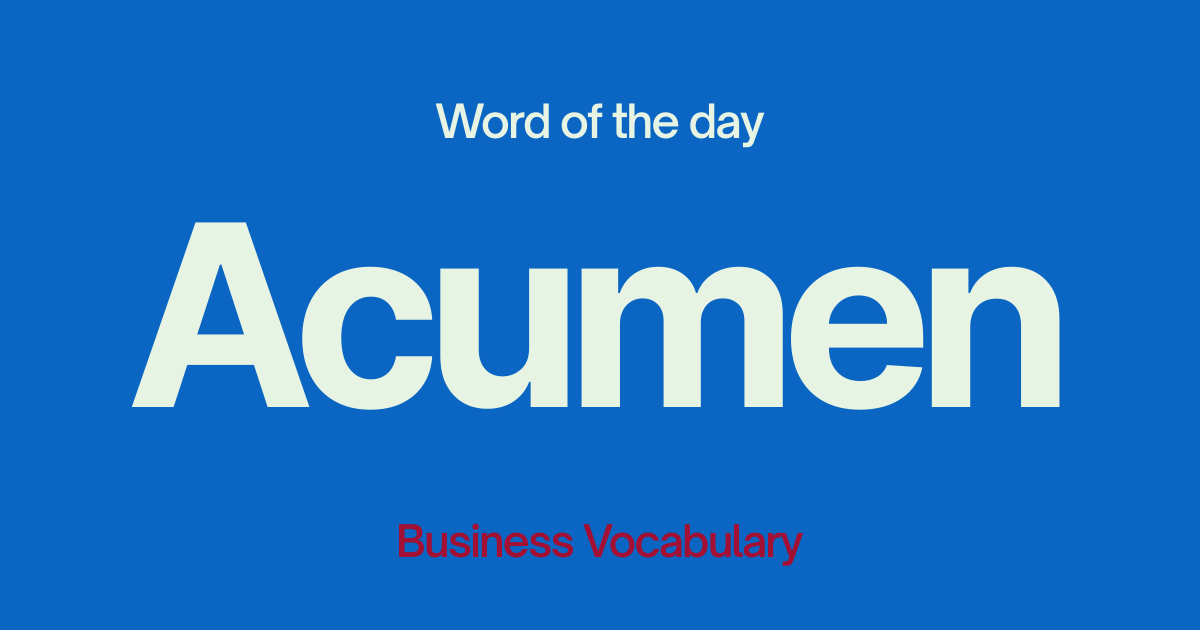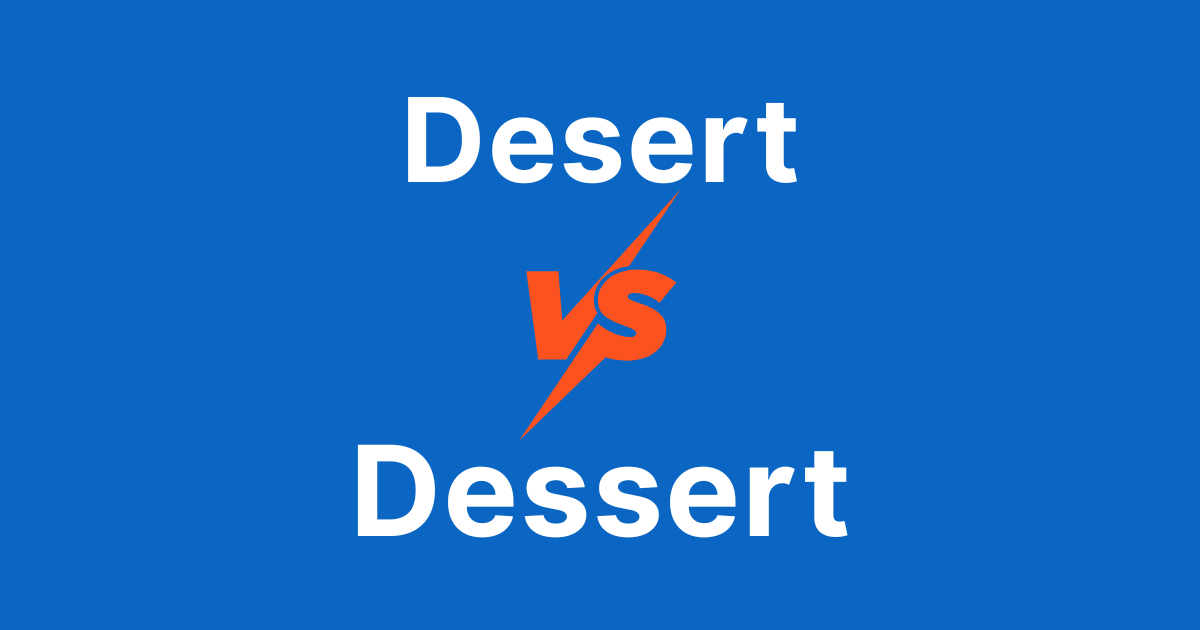Introduction
You’ve been in this room before—first meeting, fresh coffee, new faces. The other side is watching, listening, weighing every word you say. In those first exchanges, language isn’t filler—it’s leverage. The wrong phrase can stall the deal. The right one? It opens doors.
Executives don’t get second chances at first impressions. In negotiation, your words shape the perception of competence, authority, and trust. These phrases aren’t about sounding clever—they’re about guiding the conversation toward mutual respect and tangible outcomes. If you speak with precision and control, you don’t just protect your position—you strengthen it.
Vocabulary List
Vocabulary Short description
- “I understand your position” – Recognizes the other party’s view without conceding.
- “What would success look like for you?” – Invites clarity on priorities and shared goals.
- “Let’s keep the discussion open” – Signals flexibility without committing.
- “I’d like to explore that further” – Shows engagement while buying time to think.
- “Here’s what I propose” – Positions you as proactive and solution-oriented.
- “Can we revisit this point later?” – Defers without dismissing.
Vocabulary Full description
“I understand your position” – Recognizes the other party’s view without conceding.
- Example: “I understand your position, and I think we can explore options that meet both our needs.”
- Tip: Use early to defuse tension and establish rapport.
“What would success look like for you?” – Invites clarity on priorities and shared goals.
- Example: “Before we dive deeper, what would success look like for you in this agreement?”
- Tip: Helps uncover hidden drivers behind stated demands.
“Let’s keep the discussion open” – Signals flexibility without committing.
- Example: “Let’s keep the discussion open on timelines until we’ve clarified the scope.”
- Tip: Useful when avoiding premature decisions.
“I’d like to explore that further” – Shows engagement while buying time to think.
- Example: “I’d like to explore that further before we decide on the allocation.”
- Tip: Helps slow the pace without appearing resistant.
“Here’s what I propose” – Positions you as proactive and solution-oriented.
- Example: “Here’s what I propose: a phased rollout that reduces initial costs while maintaining quality.”
- Tip: Use after listening to show you’ve incorporated their concerns.
“Can we revisit this point later?” – Defers without dismissing.
- Example: “Can we revisit this point later, once we have the updated data?”
- Tip: Keeps momentum on your terms.
Scenario
Imagine you’re negotiating a joint venture. After introductions, you start with, “I understand your position,” nodding as they outline their vision.
You follow with, “What would success look like for you?” They reveal priorities you hadn’t anticipated. When budget comes up, you say, “Let’s keep the discussion open” and move to shared risks.
On a technical detail, you use, “I’d like to explore that further.” Once all concerns are aired, you say, “Here’s what I propose,” laying out a compromise plan.
Finally, on a disputed clause, you add, “Can we revisit this point later?” securing space for data-driven follow-up.
Beautiful!!
Takeaway
Mastering these phrases means steering the conversation without closing doors.
You’ll project calm authority, uncover hidden priorities, and keep the discussion in productive territory—where trust is built and deals get signed.
I am Clarke
Want to sharpen your language for high-stakes moments? Let’s work together on refining the words that make your leadership presence felt in every room.




Comments